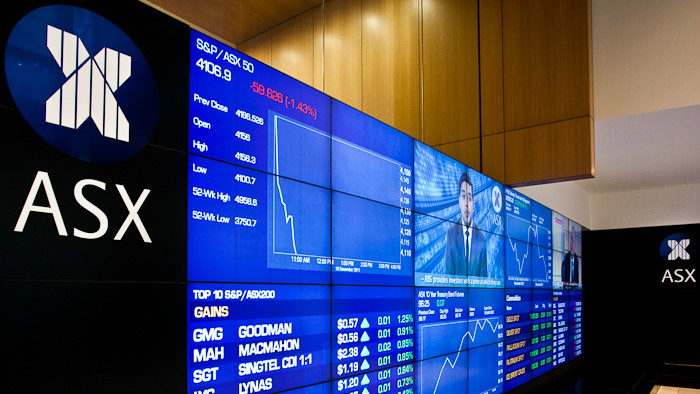Active ETFs will see their numbers swell more than index ETFs in the near future, the ASX has said.
Active fund managers remain the dominant players in the asset management industry, far outnumbering their index-tracking competitors.
Yet active managers, for the most part, have fought shy of listing ETFs, preferring to stay shelled up in traditional fund structures, such as listed investment companies and managed funds.
But speaking at ETF Stream'sETFs Down Under 2020 event, Andrew Campion, head of investment products at the ASX, said active managers are coming around to ETFs in record numbers.
This is because ETFs give them an easier way to sell their funds to mum and dad investors – known as “retail investors”. And retail investors are less picky on management fees and less likely to exit a fund if it disappoints.
“A lot of asset managers are waking up to the benefits of going after retail investors. It’s complicated and it’s expensive but it tends to be a lot stickier," he continued. "We see a lot of boutique [active] managers who have to shut shop if they lose one institutional client and those mandates are nowhere near as sticky as they used to be.
“The price points are a lot tighter as well. We are still seeing a lot less price sensitive among retail and advisers…There is a lot of active funds coming on [to the ASX].”
Active managers have been helped along the yellow bring road by generous concessions from the finance regulator ASIC, Campion added.
Crucially, ASIC has allowed active ETFs to hide their portfolios and hire no external market makers. Most countries require ETFs to be transparent as it makes them easier to trade.
Campion said there were some shortcomings with active ETFs around trading. Active ETFs on exchange are almost always more expensive to trade than index ETFs. But they were not prohibitively or problematically expensive.
He added the number of index ETFs available on exchange was also growing, however, the rate of growth was flat.
“There are probably still a few gaps in the market [on the index ETF side]… but we have been running pretty consistently at 20-30 new index ETFs a year and I think that pace will continue for the next few years at least,” he said.



